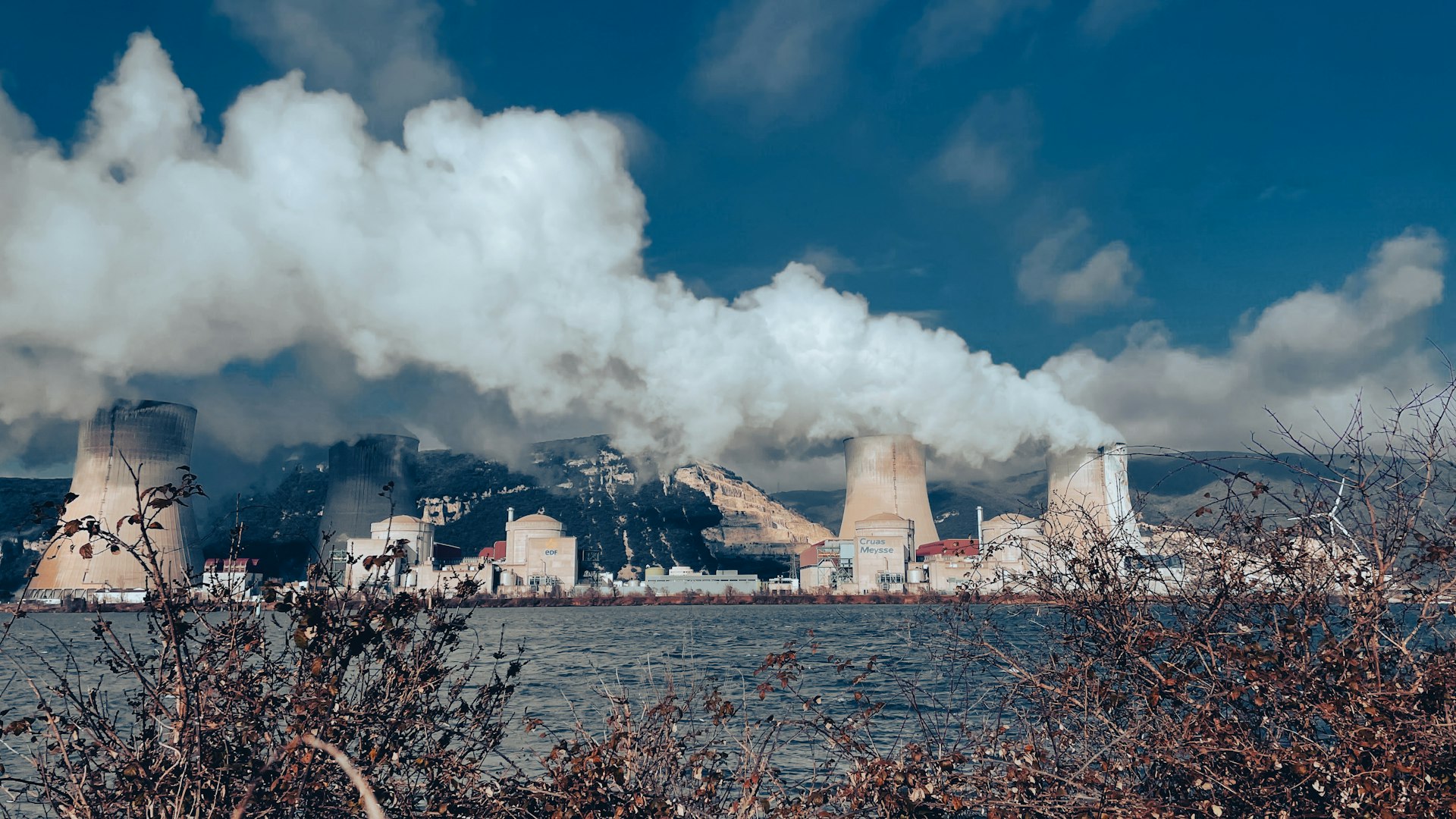How Reforestation Benefits the Environment: A Comprehensive Guide

Photo by Gabriel Moura on Unsplash
Introduction to Reforestation
Reforestation, the process of restoring forests in areas where they have been removed, is a critical environmental strategy for addressing the planet’s most pressing ecological challenges. Whether responding to natural disturbances like wildfires or human activities such as logging and agriculture, reforestation offers a suite of benefits that extend far beyond simply planting trees. This article explores the multifaceted ways reforestation helps the environment, detailing its impacts on climate, biodiversity, soil and water health, and human communities, while providing actionable guidance on how you can get involved.
Climate Change Mitigation
One of the most significant environmental benefits of reforestation is its role in mitigating climate change. Forests act as natural carbon sinks, absorbing carbon dioxide-a major greenhouse gas-through photosynthesis and storing it in biomass and soil. Globally, forests absorb billions of tons of COâ‚‚ annually, with intact, mature forests playing the largest role in carbon sequestration [1] . In the United States, for example, forests offset between 10% and 20% of annual carbon emissions [2] . By restoring forest cover, reforestation projects directly contribute to reducing atmospheric carbon levels, helping to slow global warming and meet international climate goals.
Reforestation also provides local cooling effects, as trees shade the ground and release water vapor through transpiration, which can help regulate temperatures in urban and rural areas alike [2] . This “natural air conditioning” can be especially valuable in regions experiencing increasing heat due to climate change.
Biodiversity Conservation
Forests are among the most biodiverse ecosystems on Earth, providing habitat for more than 80% of terrestrial species of animals, plants, and insects [4] . Deforestation disrupts these ecosystems, leading to habitat loss, species extinction, and imbalances in ecological functions. Reforestation, especially when it uses native species and mature trees, helps restore habitats critical for wildlife survival [3] . In the U.S., National Forests alone provide habitat for over 3,000 vertebrate species and countless invertebrates, including more than 400 federally listed threatened and endangered species [2] .
Well-planned reforestation projects can increase forest health, making ecosystems more resilient to invasive species, pests, and diseases. Strategic planting, guided by forest ecologists, maximizes ecological outcomes and ensures that restored forests function like their natural counterparts [3] . For example, restoring forests in about 43% of possible areas could benefit animals threatened by deforestation, particularly in biodiversity hotspots like Brazil and Indonesia [1] .
Soil and Water Health
Reforestation plays a vital role in preventing soil erosion and improving soil health. Tree roots stabilize the soil, reducing the risk of landslides and sediment runoff into rivers and streams. This not only protects farmland and infrastructure but also enhances water quality by filtering out pollutants and reducing the amount of dirt and toxins entering waterways [1] . In the U.S., National Forests are the largest single source of fresh water, supplying millions of people in towns and cities. Reforestation ensures these forests can continue to filter and supply clean water [2] .
Planting trees near rivers can strengthen riverbanks, improve soil properties, and create healthier environments for aquatic and terrestrial species. In some regions, such as parts of Australia, soil quality has improved significantly within just a few decades after reforestation efforts began [1] .
Air Quality Improvement
Trees are natural air filters, removing harmful pollutants such as nitrogen oxides, ammonia, sulfur dioxide, and ozone from the air. Reforestation helps re-establish this “natural air filter,” contributing to cleaner air and reduced respiratory illnesses in nearby communities [3] . The presence of more trees in urban and rural areas can lead to measurable improvements in air quality, benefiting public health and reducing healthcare costs associated with pollution-related diseases.
Economic and Social Benefits
Reforestation is not only an environmental solution but also a source of economic opportunity and community resilience. Tree planting and forest management create jobs in forestry, conservation, and ecotourism. In economically disadvantaged regions, reforestation can provide alternative income sources for farmers, such as carbon credit projects, sustainable agriculture, and non-timber forest products [1] . For example, in Sri Lanka, reforestation initiatives linked to carbon markets have improved livelihoods, reduced gender disparities, and delivered non-carbon ecosystem benefits [1] .
Engaging local communities in reforestation projects ensures that the needs and ideas of those most affected by environmental changes are considered. Community-driven initiatives often include education on tree planting and conservation practices, fostering a sense of ownership and long-term stewardship [3] .
Recreation and Human Well-being
Reforested areas provide spaces for recreation, relaxation, and connection with nature. National Forests in the U.S. receive an estimated 160 million visits annually for hiking, camping, birdwatching, and other activities [2] . Access to green spaces has been shown to improve mental and physical well-being, reducing stress and promoting happiness [2] . By expanding forested areas, reforestation enhances the quality of life for millions of people.
Challenges and Considerations
While reforestation offers numerous benefits, it is not without challenges. Selecting the right tree species is critical; non-native or invasive species can disrupt local ecosystems. Maintaining forest coverage requires ongoing management to prevent pests, diseases, and wildfires. Social and economic impacts must also be considered, as reforestation can affect land use and local livelihoods. Successful projects often involve collaboration between governments, NGOs, businesses, and local communities to ensure ecological, economic, and social goals are aligned [1] .
How You Can Get Involved
There are many ways to support reforestation efforts, whether as an individual, business, or community group:
- Volunteer with Organizations: Many environmental nonprofits organize tree-planting events and conservation projects. Look for opportunities with groups like the National Forest Foundation or local conservation organizations.
- Donate to Reforestation Initiatives: Financial contributions help fund large-scale planting projects and ongoing forest management. Many organizations allow you to donate directly through their websites.
- Participate in Carbon Offset Programs: Some companies and platforms allow you to purchase carbon offsets that fund reforestation projects, helping to neutralize your carbon footprint.
- Advocate for Policy Change: Support policies and legislation that promote forest conservation and restoration at local, national, and international levels.
- Educate Yourself and Others: Learn about the importance of forests and share this knowledge with your community to inspire collective action.
For those interested in hands-on participation, consider reaching out to your local forestry service or environmental NGO to inquire about upcoming planting events or volunteer opportunities. Many organizations provide training and resources for volunteers, making it easy to get started regardless of your experience level.
Real-World Examples and Case Studies
Around the world, reforestation projects have demonstrated tangible environmental and social benefits. In Brazil’s Atlantic Forest, large-scale reforestation efforts have helped restore critical habitat for endangered species like the golden lion tamarin. In the United States, the National Forest Foundation’s reforestation programs have restored tens of thousands of acres of habitat, protecting watersheds and supporting biodiversity [2] . Community-led projects in Southeast Asia have combined reforestation with sustainable agriculture, improving food security and livelihoods for rural populations.

Photo by ün LIU on Unsplash
These examples illustrate the potential of reforestation to address multiple environmental challenges simultaneously, from climate change and biodiversity loss to soil degradation and water scarcity.
Conclusion
Reforestation is a powerful, multifaceted tool for environmental restoration. By sequestering carbon, conserving biodiversity, improving soil and water quality, and supporting human well-being, reforestation addresses some of the most urgent issues facing our planet. While challenges remain, the collective efforts of governments, organizations, businesses, and individuals can amplify the positive impacts of reforestation. Whether through volunteering, donating, advocating, or simply learning more, everyone has a role to play in restoring the world’s forests-and securing a healthier, more sustainable future for all.
References
[1] Emission Index. Benefits of Reforestation.
[2] National Forest Foundation. Why Plant Trees?
MORE FROM promohunterpro.com













